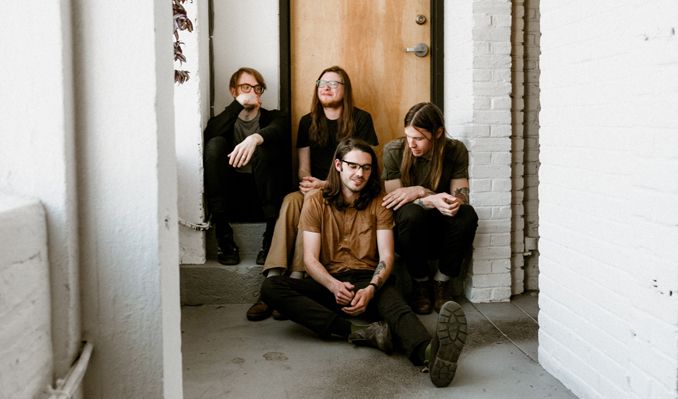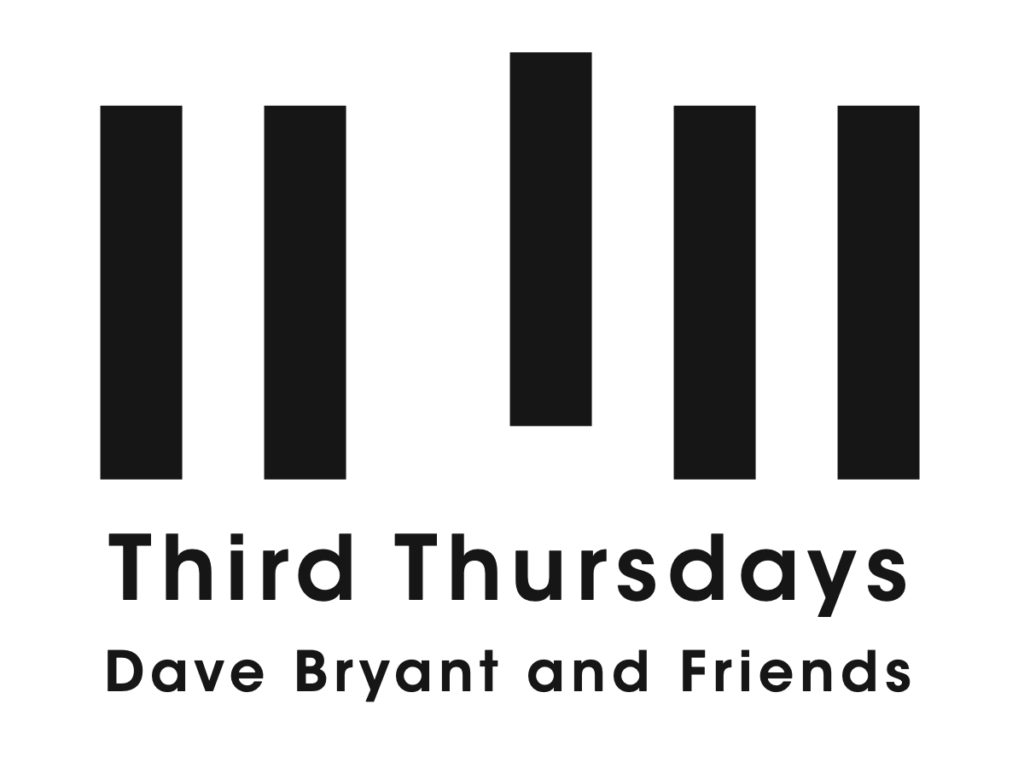
- This event has passed.
Slaughter Beach, Dog at The Sinclair
August 16, 2019 @ 8:00 pm
| $16 – $18
Across the previous Slaughter Beach, Dog albums, Jake Ewald has crafted a specific sound. It’s one that incorporates pop music, indie-rock, folk, and just the faintest dash of punk in order to create something that’s accessible but still artistically rich. With Safe And Also No Fear, the band’s third album, Ewald has abandoned his usual practices in service of creating something that, try as one might, isn’t so easy to describe.
In the wake of 2017’s Birdie, an album awash in warm tones and bubbly pop hooks, Safe And Also No Fear can’t help but feel like a turn toward darkness. It’s not one that’s instigated by the outside world—as inescapable as it may be—but instead the dramatic shifts of a person’s interior life. Where Ewald once offered tightly woven vignettes about characters that mirrored the people in his life, Safe And Also No Fear finds him naked at the album’s center, questioning everything he knows about himself. Around him, bassist Ian Farmer, guitarist Nick Harris, and drummer Zack Robbins spin out songs that are dense, swirling amalgams of difficult questions and hard-earned realizations—the kind that can’t be expressed through the accepted structures of pop music.
This isn’t to say there aren’t hooks, as songs like “Good Ones” and “One Day” have effervescent melodies anchoring them, but Safe And Also No Fear generally avoids taking the clear-cut path. As Ewald tells it, that’s a horrifying thing to put out into the world. After putting the finishing touches on the album, he sat down and listened back to the demos he’d first made, then the album itself, and realized it sounded unlike anything he’d ever done before. His creative impulses had changed over the years, and the result was a record that maybe his followers wouldn’t actually like.
Ewald seemingly addresses this anxiety during the album’s most ambitious track, the seven-minute long “Black Oak.” It’s fitting that midway through the longest song Ewald has ever written he offhandedly remarks, “Realizing this may put my career on the line.” It’s part of a larger narrative, but one that’s more textural and ambiguous than what the band has been known for. Is that lyric about Ewald and Slaughter Beach, Dog? We’ll maybe never know—and that’s the beauty of Safe And Also No Fear. It’s an album so profoundly singular, one that sees the band willing to wade out into deep waters without a life vest, that it encourages you to go out there with it. You hear the band fully embrace the unknown at the end of “Black Oak,” when the song explodes open and Ewald’s vocals are looped into a refrain that’s haunting and impossible to sing along with accurately. You can pick out phrases and hum a melody, but there’s no didactic meaning behind it. It’s there for you to find if you need it.
Safe And Also No Fear is a bold gesture, not just because of the music contained therein, but because it required Ewald to interrogate his artistic tendencies, breaking himself of his habits in service of making something he never thought he could. That involved trusting his band, with whom Ewald collaborated for a full year of writing and recording. Unlike Birdie, where Ewald played every instrument, with Safe And Also No Fear everyone’s fingerprints are on it. Though the album is a product of Ewald committing to his vision, it’s also proof of the way that Farmer, Harris, and Robbins are able to expand Slaughter Beach, Dog’s sonic boundaries in subtle, evocative ways.
The result of that collaboration is Safe And Also No Fear, an album that doesn’t leave easy clues as to its influences or intentions, instead offering up vague sketches of what it feels like to be a person who is constantly confused and anxious, yet completely committed to finding a way through it. It’s not simple, and Ewald’s never didactic, but the message begins to come through the more you revisit it. Every part of Safe And Also No Fear is a risk, and that’s exactly what makes it so beautiful. It’s a record that sees a band fully committed to their art, in spite of what everyone else would advise. And if you’re listening close enough, it really does make a lot of sense.

